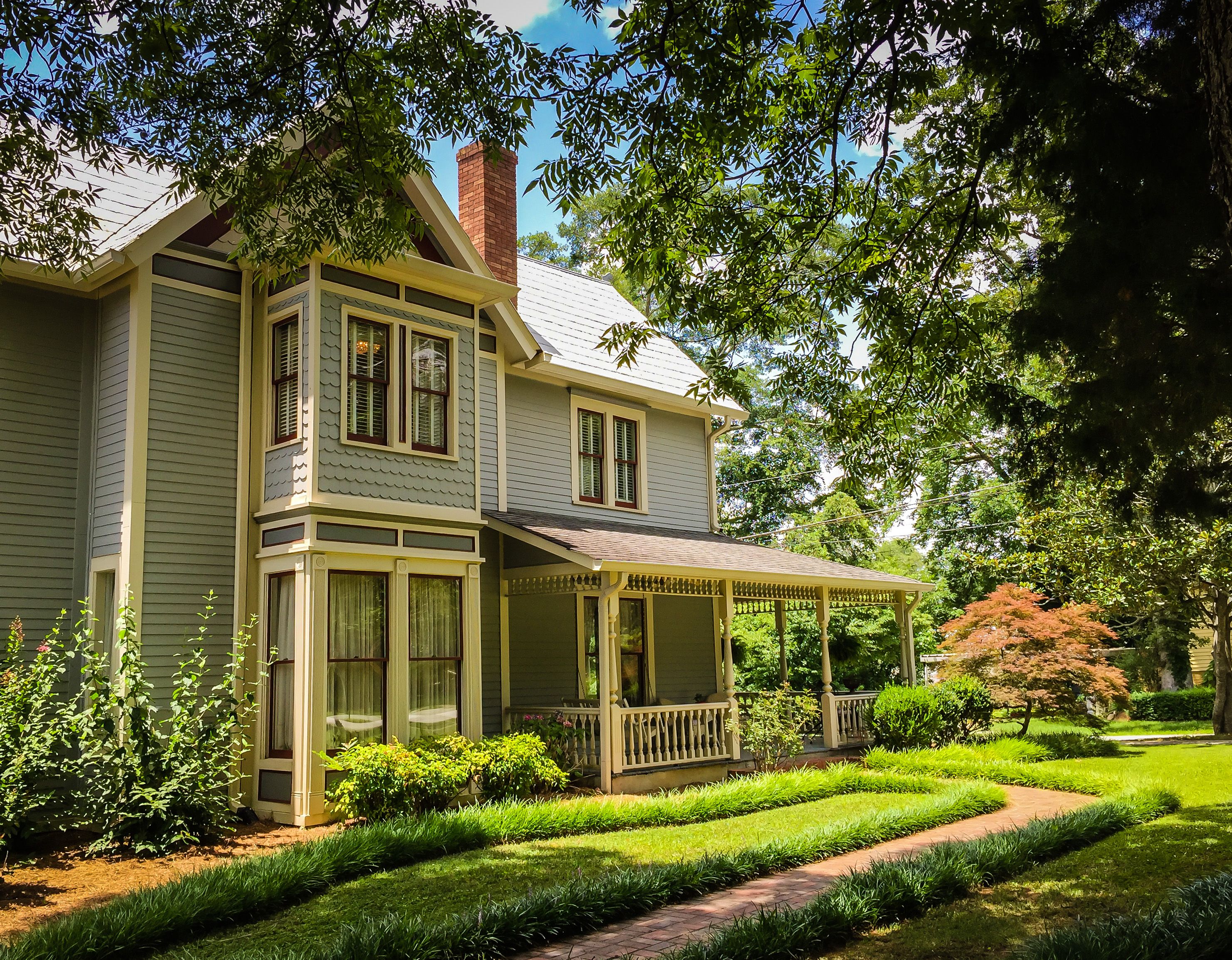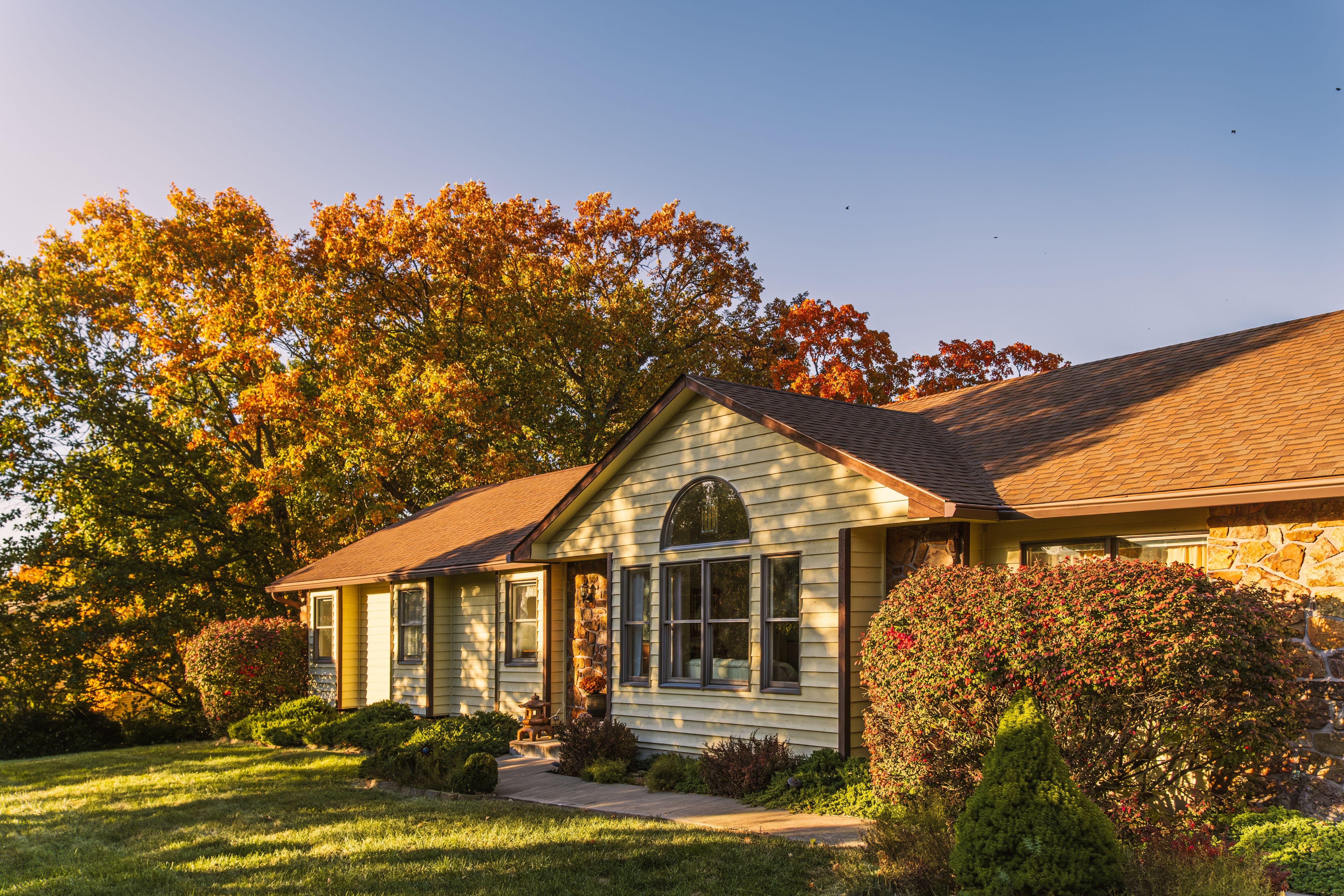Residential Property Comparison Across the United States
Understanding the Real Estate Landscape
The United States offers a diverse range of residential properties, each reflecting the unique characteristics of its region. With varying climates, cultures, and economies, potential homeowners have a plethora of options to choose from. Whether you're considering a coastal retreat, a bustling urban apartment, or a tranquil suburban home, understanding the differences across regions can help you make informed decisions.

The North-East: Historical Charm and Urban Living
The North-Eastern United States is known for its historic cities and charming towns. With areas like Boston and New York City, this region offers a mix of urban skyscrapers and quaint colonial homes. Real estate here is often characterized by higher prices due to the density and demand in major cities. However, the suburban areas provide a more affordable alternative, with communities steeped in American history.
Buyers interested in this region should consider the balance between cost and convenience. Many residents enjoy the proximity to cultural institutions, top-tier universities, and a robust job market. The architecture often includes brownstones, row houses, and colonial-style homes, offering a distinct aesthetic appeal.
The South: Warm Climates and Expansive Spaces
In contrast, the Southern United States offers more expansive properties with generally lower price tags. States like Texas, Florida, and Georgia provide a warm climate and a relaxed lifestyle. Here, the cost of living is typically lower, and properties often come with larger plots of land, making it a desirable option for families or those seeking outdoor space.

The architecture varies from traditional Southern estates to modern ranch-style homes. The growing job markets in cities like Austin and Atlanta also contribute to the region's appeal, attracting a younger demographic seeking opportunity and affordability.
The Midwest: Affordability and Community
The Midwest is often praised for its affordability and strong sense of community. Cities such as Chicago, Minneapolis, and Columbus offer a mix of urban and suburban living. The housing market here provides some of the most affordable options in the country, making it ideal for first-time homebuyers.
Properties in the Midwest often feature spacious yards and classic American designs, such as Craftsman and bungalow-style homes. The region's economy is diverse, with a mix of agriculture, manufacturing, and technology sectors, providing stable job opportunities.

The West Coast: Innovation and Scenic Beauty
The West Coast, encompassing states like California, Oregon, and Washington, is renowned for its innovative spirit and stunning landscapes. Real estate here is generally more expensive, particularly in tech hubs like San Francisco and Seattle. However, the allure of ocean views, mountains, and a vibrant lifestyle continues to attract buyers.
Homes on the West Coast range from modern high-rise apartments to luxurious beachside villas. The emphasis on sustainability and modern architecture is prevalent, with many properties boasting eco-friendly features and cutting-edge designs.
Conclusion: Finding Your Perfect Home
When comparing residential properties across the United States, it's essential to consider factors such as climate, cost of living, job opportunities, and lifestyle preferences. Each region offers a unique blend of advantages and challenges, allowing potential homeowners to find a location that aligns with their needs and aspirations.
Whether you're drawn to the historical charm of the North-East, the warmth of the South, the affordability of the Midwest, or the scenic beauty of the West Coast, there's a perfect home waiting for you across the diverse landscape of America.